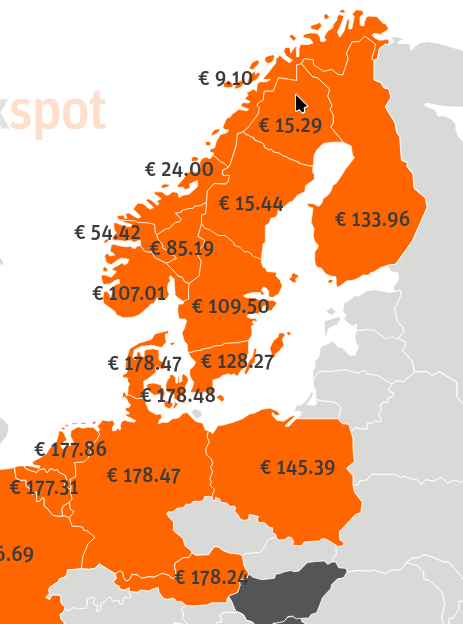

It really uses a lot of energy and it doesn’t have V2L or thermal preconditioning for the battery or super fast CCS charging or any of the other niceties that more modern platforms have.
That said, all of that is just fine for me, I just pull my trailer when working in the forest and very occasionally go on longer trips which are fine as well, to be honest. Chilling a bit at the charger every 2 hours is okay, usually my dog tags along so we’re taking a break anyway.
At home it gets charged from my solar panels for about half the year, so that’s cheap driving at least in summer.
Nah, you’re right, it’s a nice but not very modern thing that has been overtaken by time. I like it though, but I also use an IBM Model M, so take that as you will.








Hier SpongeBobs Chef mit Dollarzeichen in den Augen einfügen. Dummfug bringt empörte Klicks.